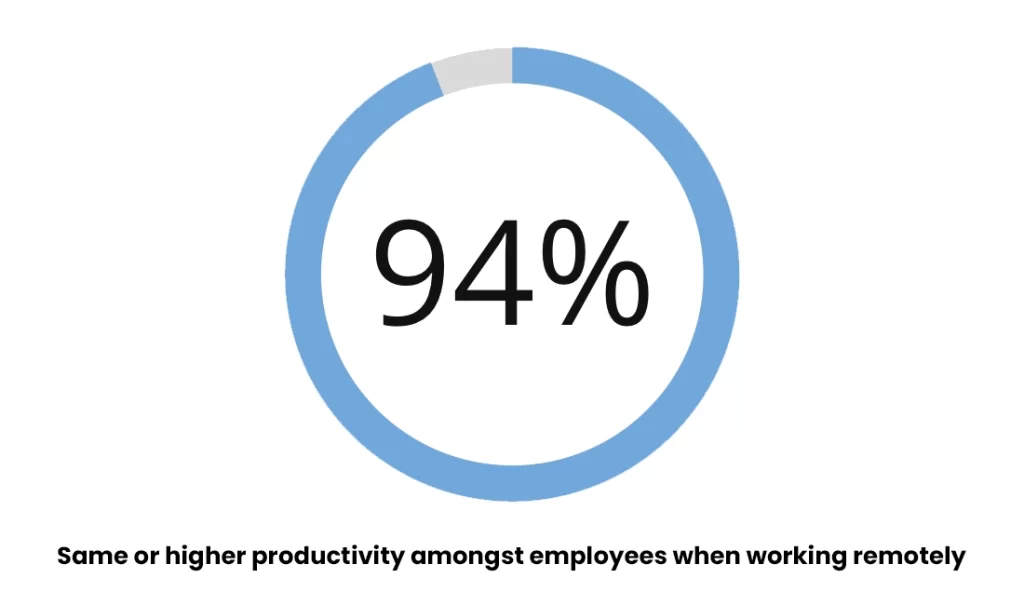
I’ve been working in virtual teams and managing them for the past 5 years now.
The current team members span 2 continents, with staff in the UK, Spain and United States.
Managing a remote work team is a real change of pace from the traditional office centric setup, with time differences, languages and cultural considerations all making for an exciting mix.
Virtual Teams Definition
For anyone wondering:
A virtual team is one that undertakes their work online from different locations using digital collaboration tools to communicate.
Advantages Of Virtual Teams
Cost savings – virtual teams mean less money spent on office overheads and utilities, which can be extremely costly
Productivity – with reduced need for commuting and more daily flexibility a lot of companies find that employees in virtual teams get more work done.
Work-life Balance – statistically, 78% of those who worked from home in some capacity said that being able to work from home gave them a better work-life balance. (Gov UK). In turn, this can lead to better productivity & staff retention as staff are happier in their role.
Access to larger talent pool – Most businesses used to have to hire within a commutable distance of their office, not the talent pool is nationwide or even international.
Flexibility – Depending on company policy, some virtual teams can work more fluid hours and from locations other than their office, which is a strong pull for talent.

Challenges Of Virtual Teams
Communication barriers – lack of in face interaction and non-verbal cues can lead to misunderstandings and miscommunication in virtual teams
💡 Solution: Regular catch ups and face to face team meetings, even if it’s only every 6 months or yearly can help get to understand employees on a personal level in a way you never could virtually.
Technology issues – this can occur if there’s not only poor internet connection, but a lack of online training for staff members on how to use and troubleshoot issues with tools.
💡 Solution: Internal guides on how to optimize internet speed and regular IT and cybersecurity training on remote work security can go a long way to aiding staff with issues surrounding tech.
Team cohesion & shared vision – working in a dispersed way can lead to a sense of isolation and lack of a shared vision and values.
💡 Solution: A good set of communication tools and regular wider team meetings that share company goals and individual achievements can help prevent this.
Work-life balance – On the flipside, virtual teams are often constantly connected via comms tools to their work, meaning it can be hard to switch off with work encroaching on their personal lives.
💡 Solution: Check in with staff on their workload and clarify expectations around availability.
Be proactive in reaching out if you’re overworked as an employee or as a manager, reach out to individuals who are messaging/emailing outside of working hours to make sure they don’t feel overstretched.
Time differences – virtual teams can often work in different locations making time overlaps for communication and meetings difficult.
💡 Solution: For the overlapping hours, make sure that teams are aware this is when they need to be most communicative and accepting of meetings.
If there’s no overlap, training employees on concise, comprehensive communication structures so that the back and forth is mimimized over the 24 hour lag to get to the answer or solution faster.
Managing Virtual Teams

Leading virtual teams means putting a bit more faith in its members to be proactive than in a traditional office environment and communicating well whilst adapting to the needs of each individual.
Managers had a better constant view of employees work in offices compared to virtually.
It’s important to know what your team is working on whilst utliizing project management tools such as Monday.com or JIRA to make sure that work is documented.
Some team members prefer regular communication and others are happy to get by consolidating their feedback and thoughts in 121s, whether they be weekly or biweekly.
I think that managers often try a one size fits all approach to managing virtual teams with bi weekly 121s for everyone and scheduled check ins via email Slack.
I prefer a bit of a more catered approach. Just by asking a team member’s preferred cadence of meetings, preferred comms medium (email, Slack, Zoom) can give you better communications and drive results and productivity faster.
Some people prefer to communicate their ideas in written form, some are more visual.
It’s still important to meet face to face now and again to try and understand any non verbal cues around workload, issues they might be facing or just to build up a bit of rapport.
Here are some more ideas on how to effectively manage virtual teams:
Building Virtual Teams
To build a successful virtual team incorporate ideas such as these:
Tap into a diverse talent pool
In order to give you and your team the best chance of success, take advantage of any allowance to spread the hiring net as wide as possible.
Communication guide
Outline early what you or the business expects when it comes to comms – A brief doc explaining how the team can best communicate, what has to be communicated and what channels are available to do so can be invaluable.
Encourage feedback
A team should be collaborative by nature. That only works if the feedback is bi-directional.
Make staff feel comfortable in doing so as it can be hard for reports to feedback to their managers, but it is such valuable information and will build a stronger virtual team
Foster career development
Promotions when teams are in offices can have a bit more transparency to them. In the virtual world the amount of great work and effort that some team members put in can go unrecognised.
Setting KPIs (key performance indicators) and setting regular reviews can be useful mechanisms of getting team members moving up the career ladder and enforcing your teams’ strong credentials.
Reward achievements
Even if it’s not career development, rewarding performance with acknowledgement or vouchers, half days can mean the world to people, creating a team culture where members are motivated and feel appreciated for what they do.
Virtual Team Meetings
I like to keep virtual team meetings fairly top level.
With virtual teams there can be a degree of Zoom fatigue (burnout from the constant use of video conferencing) that sets in at certain times.
Installing some energy at the start of the meeting with some light conversation, or just generally keeping things casual for the first five minutes can help alleviate some of the apathy.
As previously mentioned, if you can meet up with your team in person this is a great way to escape the Zoom loop, freshen things up and re-energize the team.
Virtual team meetings are a great way to share ideas and acknowledge team members’ achievements too.
If you’re looking for more info check out this guide to video conferencing.
Frequently Asked Questions

James Waite
Founder of Remoteopia, James has worked in remote roles for 6 years. After a stint in recruitment, he now works as a director of website strategy in tech.




